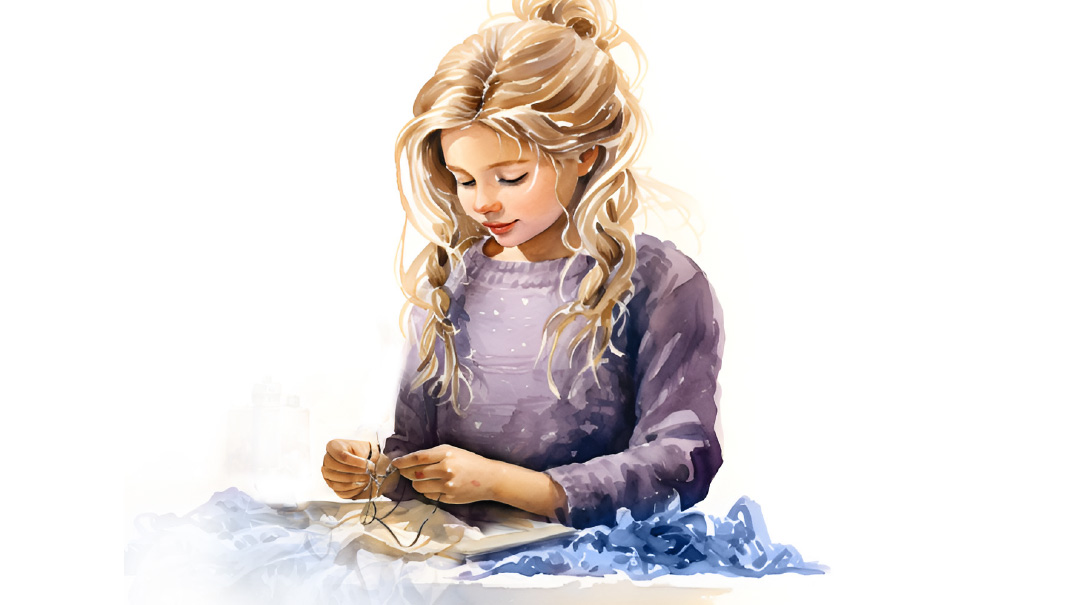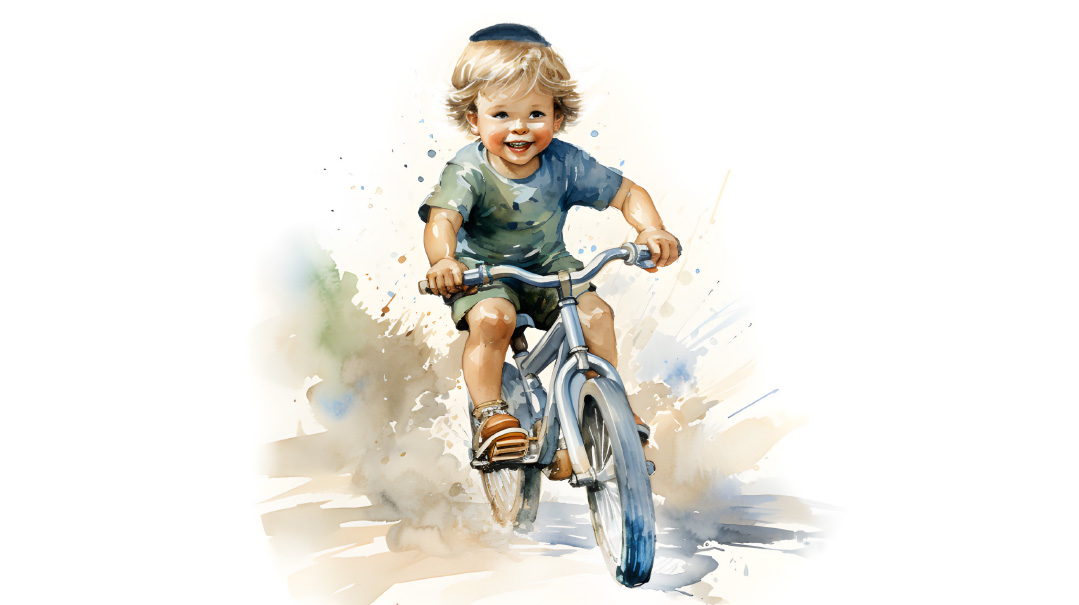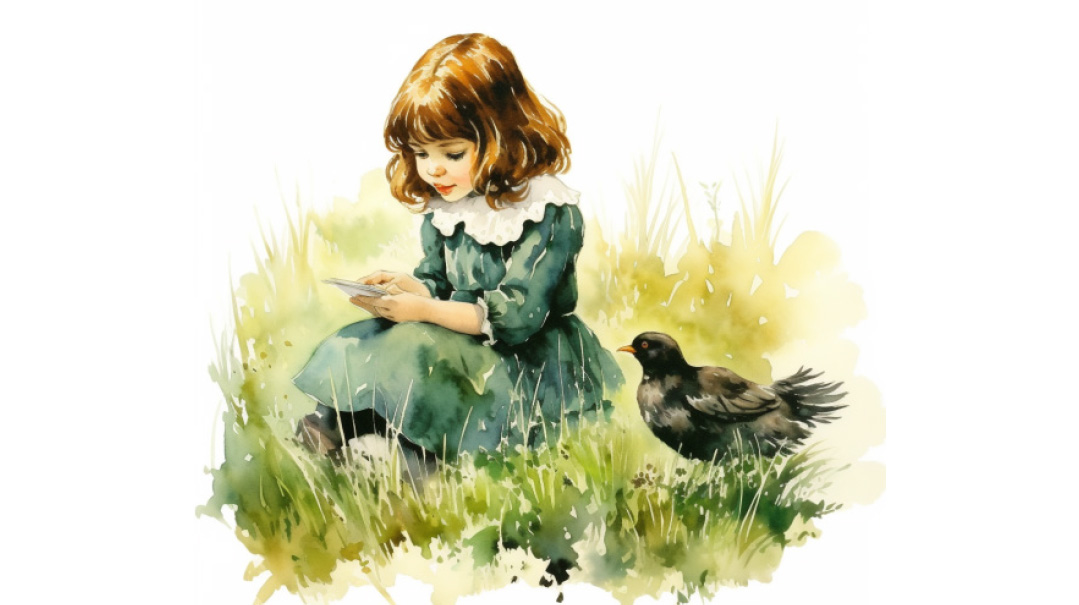Bungalow Voyage
| July 18, 2023A writer relives the making of lifelong memories just 20 minutes from home
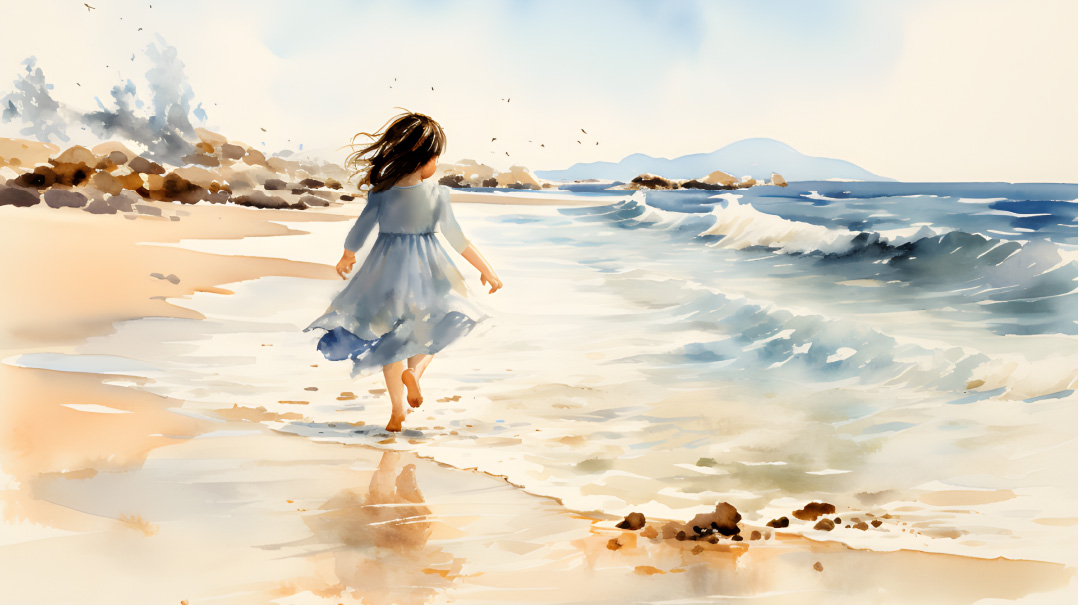
Trigger: The Port Authority bus terminal at the George Washington Bridge, New York
Location: Bungalows in and around New York City
I’ll bet that when most people drive by the Port Authority bus terminal at the George Washington Bridge in New York, the word “bungalow” doesn’t pop into their heads. Covered in a layer of grime and hazy from exhaust fumes, the terminal has been described as “notorious” and “a crumbling eyesore.”
But when I drive by on my way from my Monsey home into the city, I notice something else: the terminal’s unique roof, a row of concrete triangle pairs. The first structure built in the United States by Italian award-winning architect and engineer Pier Luigi Nervi, the terminal’s roof is noteworthy. Most appreciate the aesthetic, but my father always thought it looked like a mustache, and that’s what he called it every time we drove past. The name stuck with us kids and even today, when I catch a glimpse of “the mustache,” I’m five years old again, sitting with my brother and sister in the backseat of our ’64 Rambler, returning home to Kew Gardens Hills in Queens after a day spent checking out bungalows for the upcoming summer season.
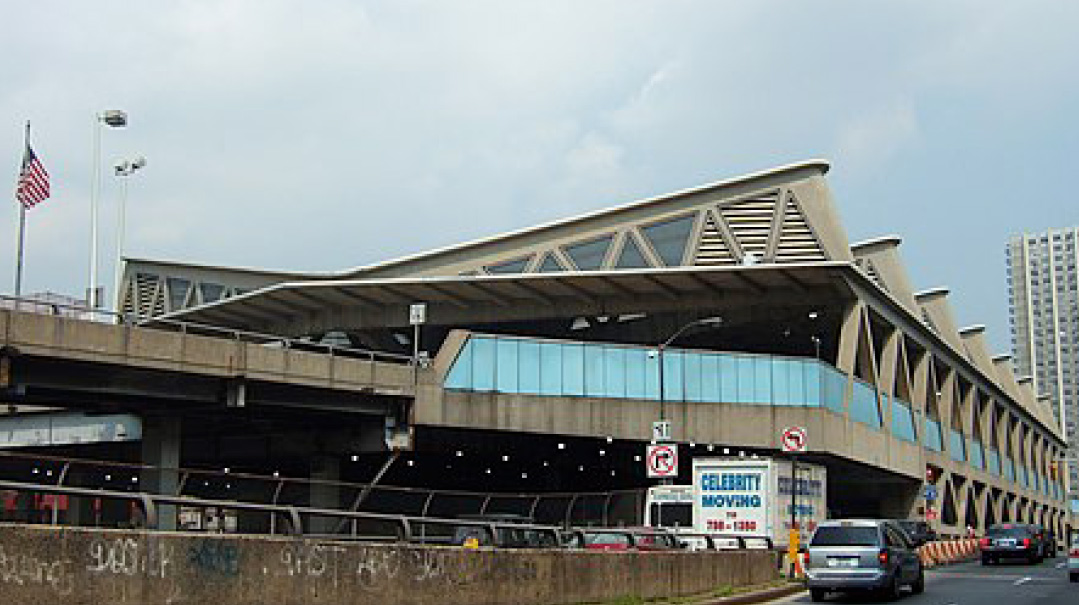
Back in the 1960s, men in our circles didn’t spend their workweek in the city while their families summered upstate. My parents and their friends chose bungalows based on their proximity to Manhattan so the husbands could return to their families every night.
Finding a colony within a 60-mile radius of Manhattan wasn’t a problem, and our first two years of bungalow life weren’t even near the Hudson Valley or the Catskills. Instead, we soaked up the sun and made memories of a lifetime just 20 minutes from home in Far Rockaway, at the southern end of Queens, steps away from the Atlantic Ocean.
Looking at Far Rockaway today, it’s hard to believe it was once a thriving summer destination with thousands of century-old bungalows. Though the area’s popularity as a resort town was declining by 1950, we spent two late ’60s summers in a bungalow near Beach 20th Street. The bungalow, which my father’s friend found for us, was a block and a half from the water and a short walk from a shul.
I was only two and three years old during our Far Rockaway years, a time when sunscreen didn’t exist and Coppertone ads encouraged you to slather on suntan oil to get “a healthy tan.” The bungalows were minuscule — two bedrooms and a tiny kitchen and eating area. There was no air conditioning, so we spent most of our days on the beach, its shore littered with starfish and sea shells and strolling vendors who sold ice cream bars out of gigantic coolers.
We played Skee-Ball on the boardwalk, gazing in wonder at the kids who had won goldfish at the amusement booths and were carrying their sad-faced prizes in bags of pastel-colored water. My older sister remembers the lifeguards calling us out of the water due to shark sightings, and I have vague recollections of riding the elevated train and going to an amusement park a few miles away, most likely Rockaways’ Playland.
Two incidents from those summers are still crystal clear in my mind. The first was when my father laughingly picked me up from the sand and plopped my crying, three-year-old self down into what felt like the middle of the ocean but was just a few inches of water. The second was the time we were dipping our toes in and saw a foreboding black stripe running across the horizon. When it became clear a significant storm was about to hit, all the moms gathered their kids and started running back to their bungalows.
The sky grew terrifyingly black and the winds howled away as my mother carried me home. My head was on her shoulder, and because I was facing the beach, the sand blew straight into my tightly closed eyes, stinging them. I was terrified, and I couldn’t fathom how our vacation spot had suddenly turned hostile. Later that night, when the weather cleared, we emerged from our bungalows, and while I didn’t know what the word “apocalypse” meant, I definitely felt like I had just survived one.
Given how young I was, I’m sure some of my memories have their roots in the pages of our family photo albums. The pictures of that first Far Rockaway summer are all black and white, with color photographs first appearing in our second summer there, helping me prove to my kids that I really did have blond banana curls.
My mother’s Far Rockaway memories center on nighttime volleyball games with friends, sitting outside enjoying the cool oceanfront breezes in the evenings, and, strongest of all, group reflections of the four or five families who spent the summer together watching each other’s kids, cementing relationships so strong they’ve literally lasted a lifetime.
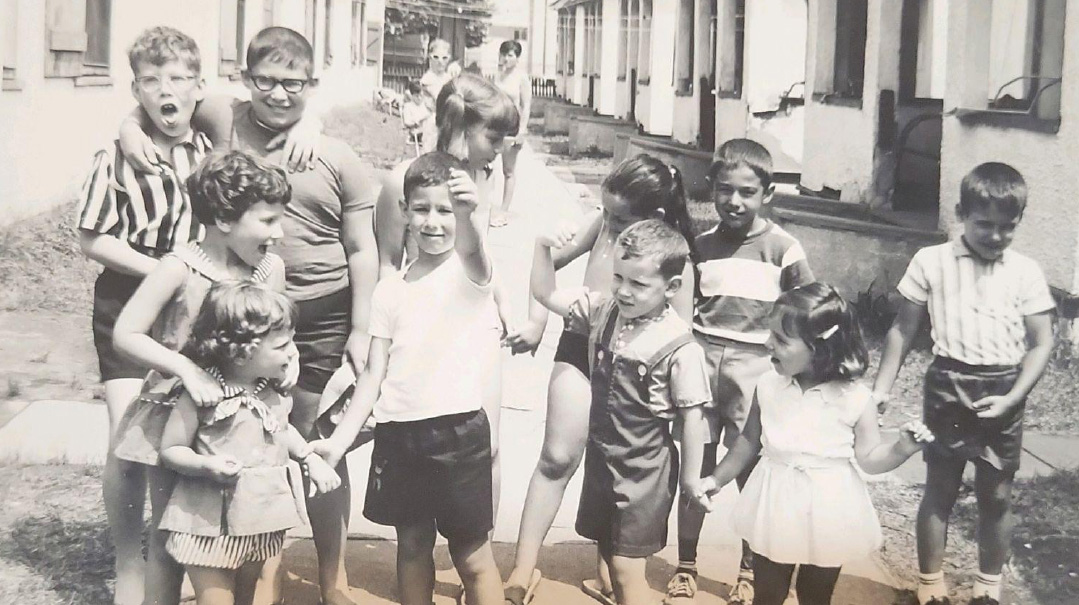
WE stayed home the next summer, when I was four, but the following year it was back to the bungalow, this time to a colony in Monroe known (to us, at least) by the owner’s last name — Topis. There was only one phone in the entire colony, and it was located in the office. On the rare occasion that someone got a call, Mr. Topis would page them on the loudspeaker. I can still hear his voice: “Bungalow tzvelef, telephone!”
For some reason, there was never a Friday night minyan that summer, and my father davened Kabbalas Shabbos at home. The relaxed bungalow vibe was very much in evidence on Shabbos morning, and davening ended with one of my father’s friends singing “Adon Olam” to the tune of “Yankee Doodle,” much to our delight.
The summer I was six we went to Lebanon Country Club, a bungalow colony in Highland Mills. The name had me convinced we were practically next door to Israel, even though it was just a few miles away from Monroe, another easy commute to Manhattan. It was there I learned what Taps is, because they blew the trumpet at the end of the camp day, and it was there I learned about poisonous snakes, when someone beheaded a copperhead at the lake with his fishing net’s metal rim.
Some of my bungalow memories don’t belong to a particular location: night bingo games with cards that had red plastic sliding windows covering the numbers being called, Motzaei Shabbos trips for soft ice cream in a hard chocolate shell. There was the weekend my father brought something he called “salami pizza” back from the city for us to enjoy. We kids gave it a resounding thumbs down, not amused to find salami and vegetables on a saucy crust instead of the cheese we loved. Who would have ever imagined that years later, meat pizzas would be all the rage?
Our post-seudah Friday night walks feature prominently in my memories — and not in a good way. It wasn’t just that the dearth of streetlights made the country roads pitch-black and terrifying. The animal growls, whistles, and howls had me panicking, and my father, who delighted in teasing me, would stop every few minutes to listen intently.
“I hear the wool-ves,” he would say, mimicking my mispronunciation.
I had no clue he was pulling my leg and longed to return to the safety of what, in retrospect, was probably a very unsecure bungalow.
NO matter where we were any given summer, my father went to work every day, usually with one of his friends who was driving. During our summers in the Hudson Valley, he’d sometimes take the ShortLine bus. I remember accompanying my mother into Monroe to pick him up from the bus stop, and years later, when I went to a Monroe repair shop, my brain registered that I’d been there before.
It’s been decades, but I find myself taking a trip down memory lane whenever I pass the George Washington Bridge bus terminal. There I am again, lunching on sandwiches whose unmistakable crunch came not from pickles or lettuce, but from sprinkles of Rockaway beach sand in my cream cheese. There I am again, watching Tuesday night fireworks on the beach. There I am again, sitting on the bungalow’s peeling linoleum floor and learning to tie the laces of my canvas sneakers with white rubber toe-caps. There I am again, looking up at the nighttime sky at stars that never shone quite as brightly in the city, trying to find the Big and Little Dippers.
And then it’s back to New York City traffic, grateful to have been blessed with memories of these happy summers, a gift from the most wonderful parents a girl could have.
Sandy Eller is a freelance writer whose works have appeared broadly in the Jewish media world. She lives in Spring Valley, New York.
(Originally featured in Mishpacha, Issue 970)
Oops! We could not locate your form.

